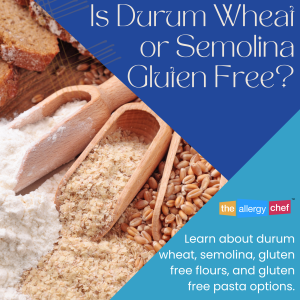If you’re reading this article you’re wanting to know if durum wheat is gluten free and if semolina is gluten free. I’ll answer that first, then we’ll take a deeper dive into these types of wheat. I’ll also share great information on gluten free options for those who need it.
- Durum wheat flour is not gluten free.
- Semolina is not gluten free.
You will usually see durum wheat and semolina in pasta, as it’s not the most practical type of wheat for other applications. It’s not exclusively only in pasta, so you’ll still need to be vigil and read labels.
What is Durum Wheat?
Durum wheat is a type of hard wheat, in fact, it’s considered the hardest of all wheat varieties. It’s harvested, milled, and turned into a flour. Said flour is commonly used in pasta, making it a staple food around the world. Like other varieties of wheat, durum wheat contains gluten and should not be eaten by anyone who follows a gluten-free diet.
You won’t see this often, but interestingly, durum wheat is sometimes called macaroni wheat or pasta wheat. It’s also the second most widely grown wheat variety after common wheat. If you’d really like to take a deep dive on durum and semolina, check out this info from Bob’s Red Mill.
What is Semolina
Semolina is the name for hard grains after the flour has been milled (sometimes called coarse flour). It’s commonly used in puddings and pasta. The term semolina is usually in reference to durum wheat that has been milled. In other words, semolina is a usually a form of durum wheat.
Who Should Not Eat Durum Wheat Flour and Semolina
- Anyone with a wheat allergy.
- Those who manage Celiac Disease (called Coeliac Disease in other countries).
- People managing Non-Celiac Gluten Sensitivity (also called NCGS, and called Non-Coeliac Gluten Sensitivity in some countries).
- Anyone following a Low FODMAP, Paleo, Keto, or low carb diet.
- People who have a wheat sensitivity.
- Anyone managing EOE (eosinophilic esophagitis)
- People with Oral Allergy Syndrome that need to avoid foods cross reactive to grass and birch pollen.
- Someone with a nickel allergy that needs to eat a low nickel diet.
- Anyone following a low histamine diet.
The easiest ways to avoid both durum wheat flour and semolina is to look for foods that are advertised as gluten free, certified gluten free, or foods that are naturally gluten free. You can also look for foods that are (certified) Paleo, which is a grain free diet and naturally gluten free.
Other Names for Wheat & Wheat Flour
- Ancient Grains (whilst this doesn’t always mean wheat, it usually does)
- All Purpose Flour (unless it says gluten free or grain free, it’s usually wheat)
- Cake Flour
- Hard Wheat
- Pastry Flour
- Soft Wheat
- Wheat Starch
- Whole Wheat Flour
There are also different varieties of wheat and the two most popular (outside of common wheat and durum wheat) are kamut and einkorn. Here are more wheat varieties to look out for:
- Bulgur Wheat
- Durum Wheat
- Einkorn
- Emmer
- Farro
- Graham Flour
- Kamut
- Semolina
- Spelt
- Triticale
Related Articles
- Hidden Sources of Wheat & Gluten
- Is Bread Gluten Free? (white bread, sourdough bread, and more)
- Wheat & Gluten Free Swaps (learn about different gluten-free products)
- Cross Contact/Cross Contamination and How to Prevent It
- Gluten Free Substitutions (great if you plan on making gluten-free foods at home)
- How to Cook Gluten Free Pasta
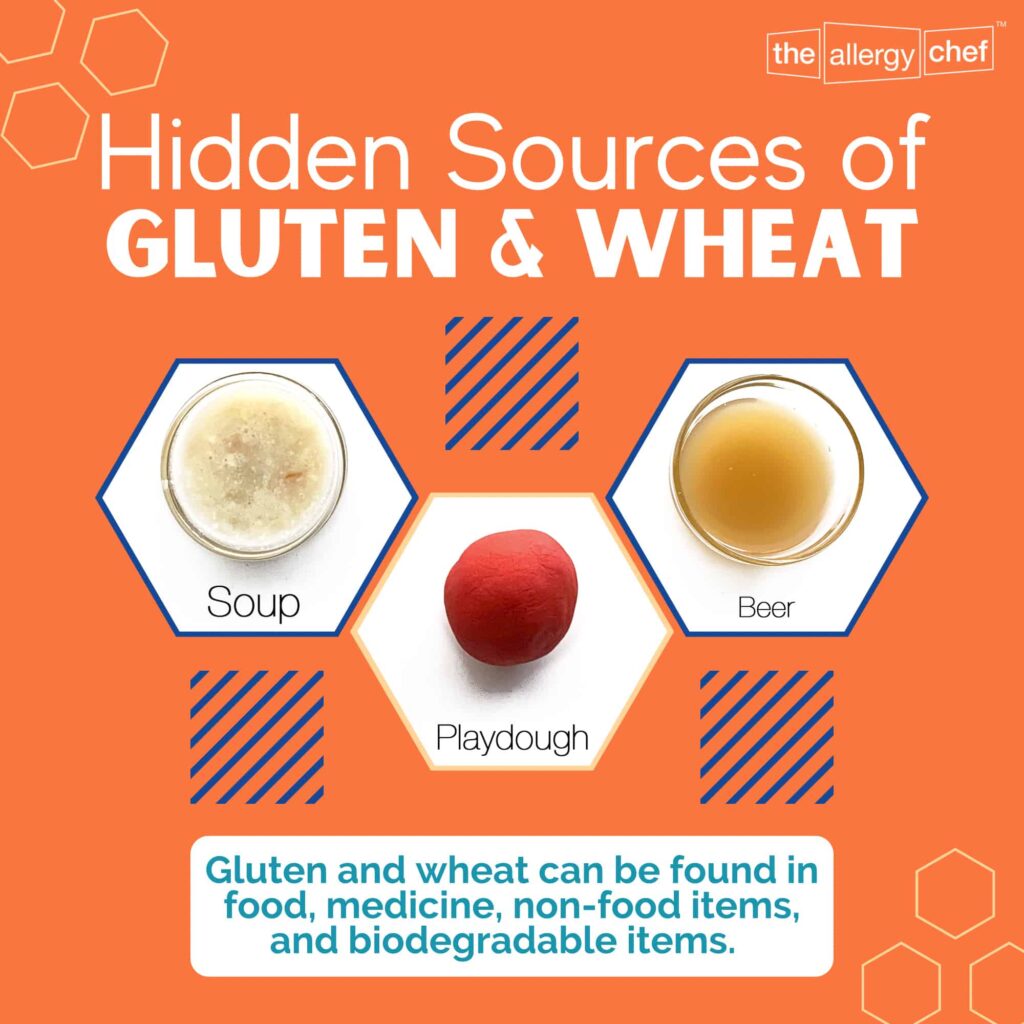 |
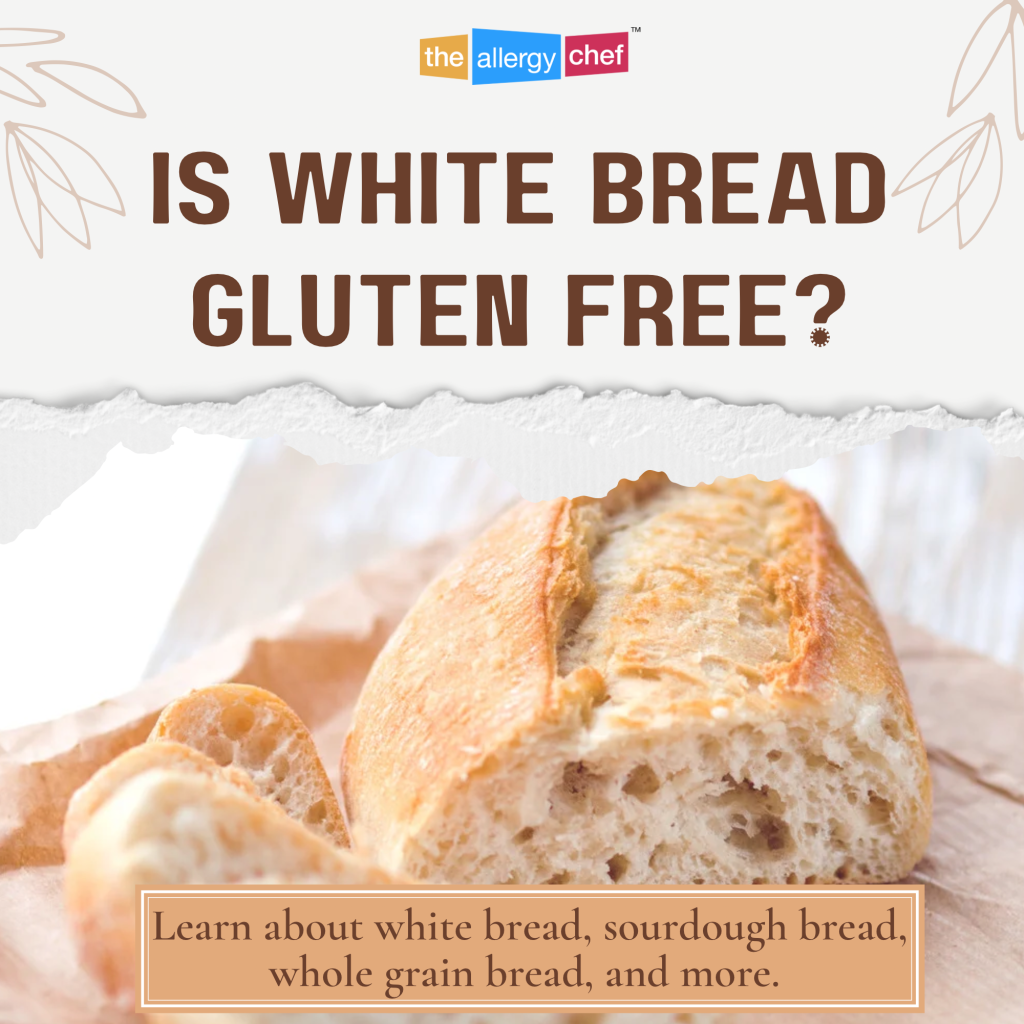 |
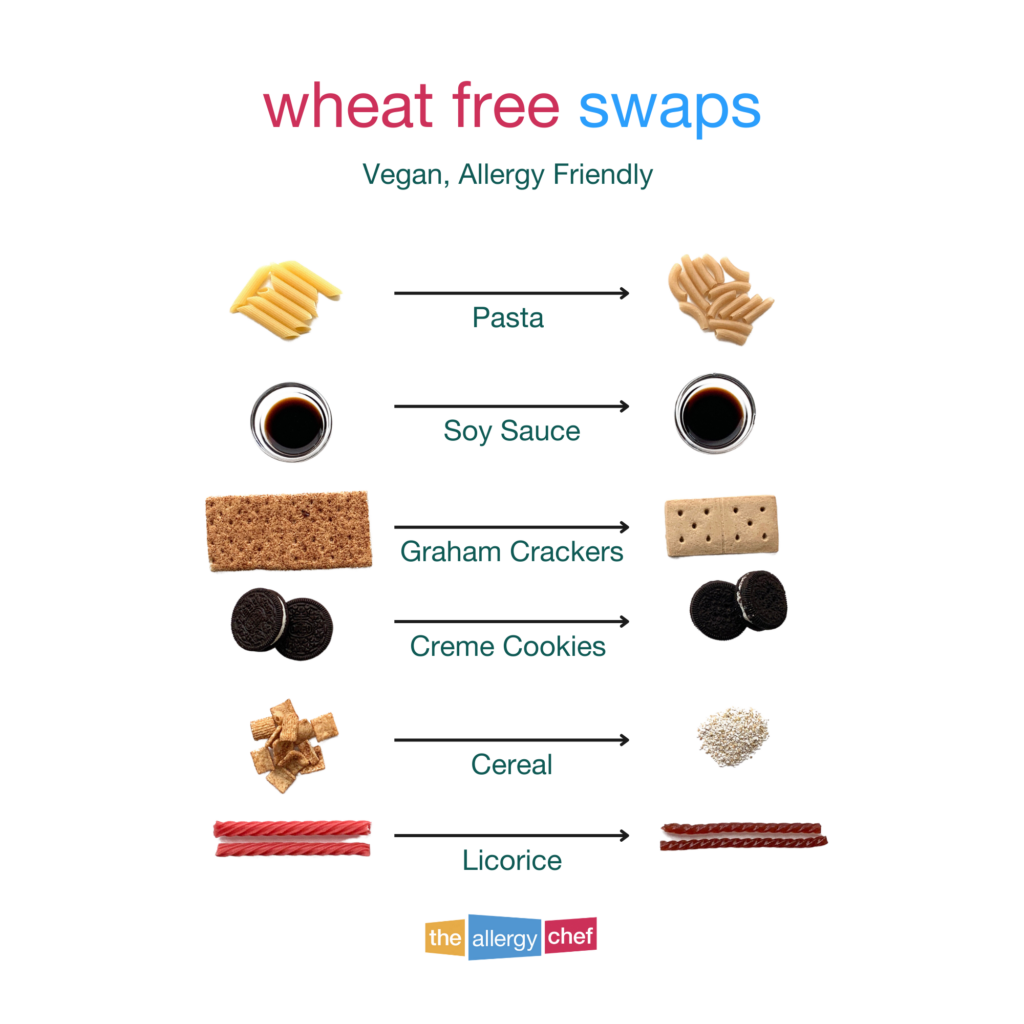 |
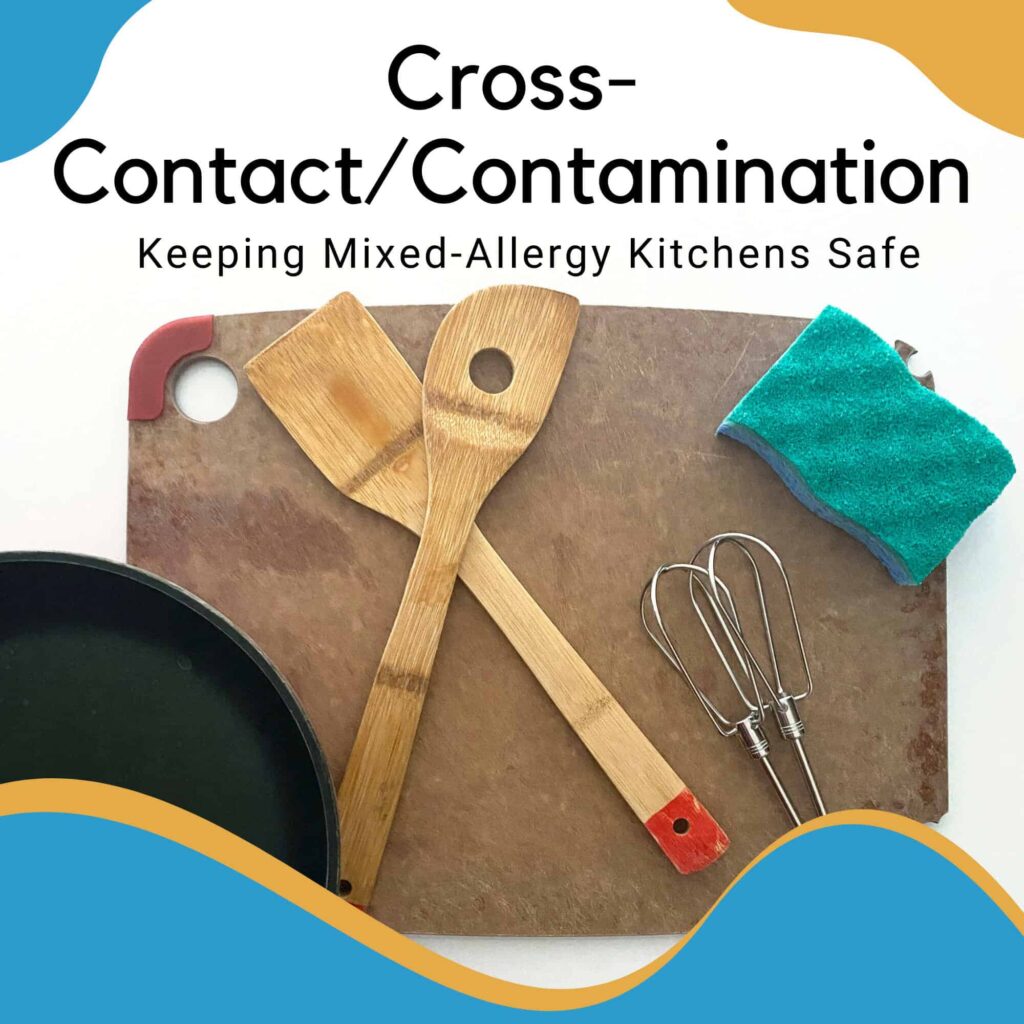 |
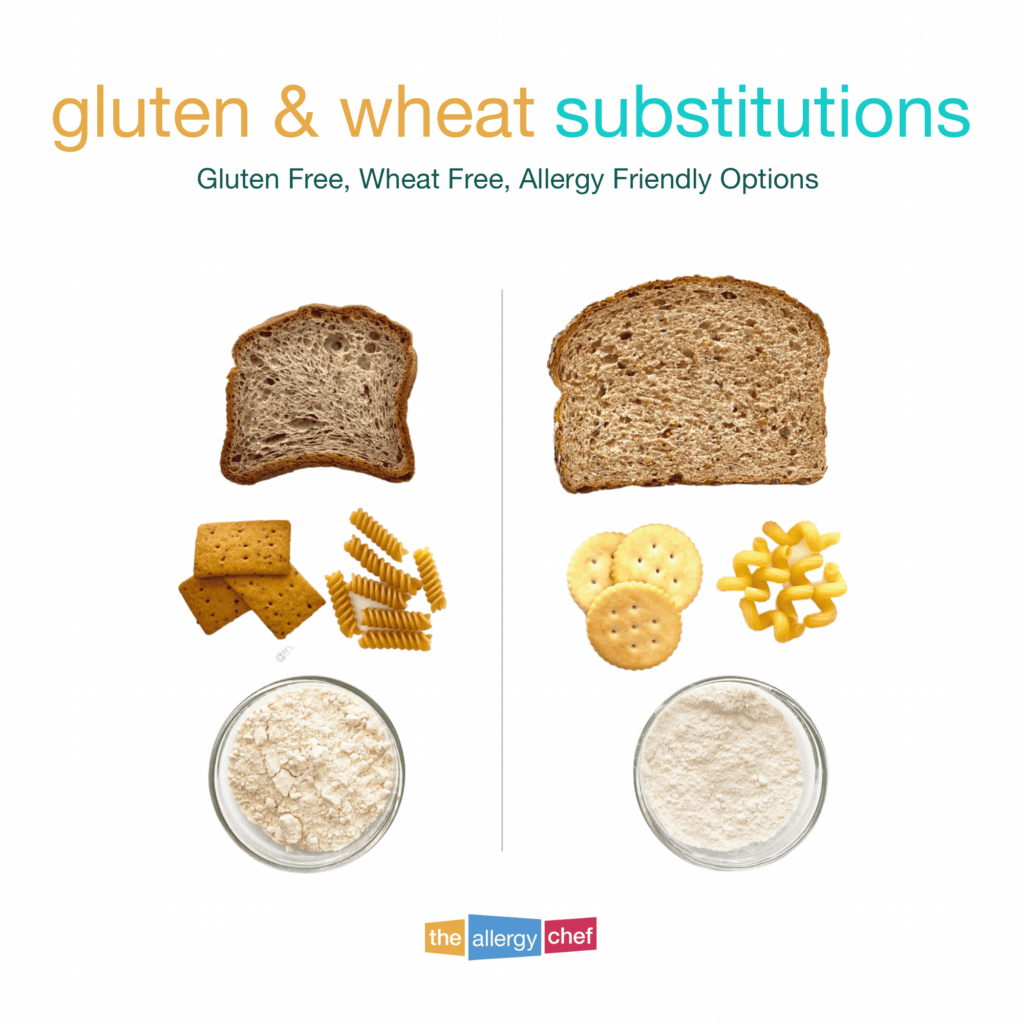 |
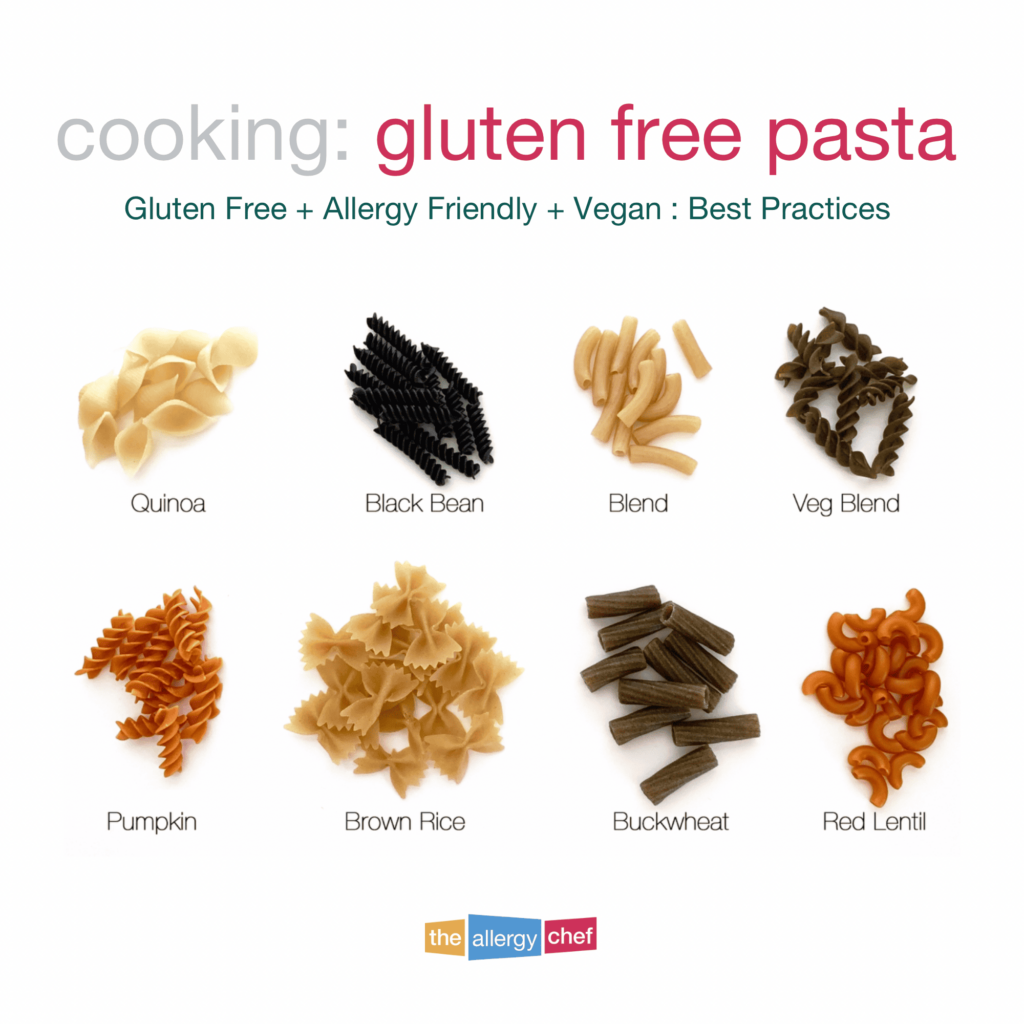 |
Gluten-Free Alternatives to Traditional Pasta
With the diagnosis rate of Celiac Disease and wheat allergy on the rise, plus those who need gluten free for other medical reasons, there’s never been a time like the present for gluten free pasta options. I can remember when my child with a wheat allergy was little and there were two choices. TWO. Now, there are easily 50. My my, have times changed.
Some of the most popular gluten free pastas are made from rice, corn, and vegetable blends. Here’s a non-exhaustive list of brands that make popular gluten free pastas:
- Ancient Harvest
- Banza
- Barilla
- Big Green Organic Food
- Cappello’s
- Cybele’s Free to Eat
- DeLallo
- Eden Foods
- Explore Cuisine
- Veggie Craft
- Jovial Foods (they also own the brand BioNaturae)
- Lotus Foods (they make a super cool rice ramen)
- Lundberg
- Rummo
- Rustichella d’Abruzzo
- Tinkyada
I’m sure that somewhere in here you can find something that will work for your tastes. Know this: not every brand makes their pasta on wheat free/gluten free equipment. With that, combined with my severe corn allergy, my kids were only able to eat some of the brands on this list. Make sure you do your due diligence before trying these.
Gluten-Free Grains, Gluten-Free Pseudograins, and Grain Free Flours
If you’re gluten free, the good news is that these days there are loads of gluten free flour options. For those who also need to be grain free, you have plenty of options as well. Here’s a non-exhaustive list of the different types of flour to choose from:
- Almond Flour
- Amaranth Flour
- Arrowroot (a type of starch)
- Buckwheat Flour (despite the name, this is not a species of wheat, and is 100% gluten free)
- Cassava Flour (grain free)
- Coconut Flour (classified as a tree nut as per the FDA, though coconut is a botanical drupe)
- Millet Flour
- Oat Flour (not safe for everyone with Celiac Disease, read more about it in this article)
- Potato Starch
- Quinoa Flour
- Rice Flour (brown rice, white rice)
- Sweet Potato Flour
- Tapioca
- Teff Flour
- Tiger Nut Flour (tuber, NOT a tree nut)
It’s important to note that not everything listed above will be good semolina substitutes, especially if you’re making pasta at home. Also know that different species of wheat have unique characteristics and produce different types of flours. When you’re replacing a specific type of flour, such as bread flour, you have to consider how many grams of protein are in the wheat version to choose the best replacement. It’s often overlooked but protein content plays a crucial role in baking, especially where desserts are concerned.
Gluten Free Pasta Recipes to Enjoy
Here are some fantastic gluten free and allergy friendly pasta recipes you can enjoy. These recipes are all also free from milk and dairy products.
- Dairy Free Creamy Avocado Pasta (GF + Top 9 Free)
- Creamy Lamb Pasta Recipe (GF + Top 9 Free)
- Gluten Free & Vegan Yaki Udon (with fresh homemade pasta noodles)
- Mayo & Egg Free Vegan Pasta Salad (Gluten Free)
- Squash, Date, and Bacon Pasta
- Creamy Gourmet Fettuccine Recipe (Gluten Free, Dairy Free, Vegan)
- Cheese Free Creamy Mac n Cheese (GF + Vegan, no cheese substitute needed)
- Chili Lime White Fish Pasta Recipe
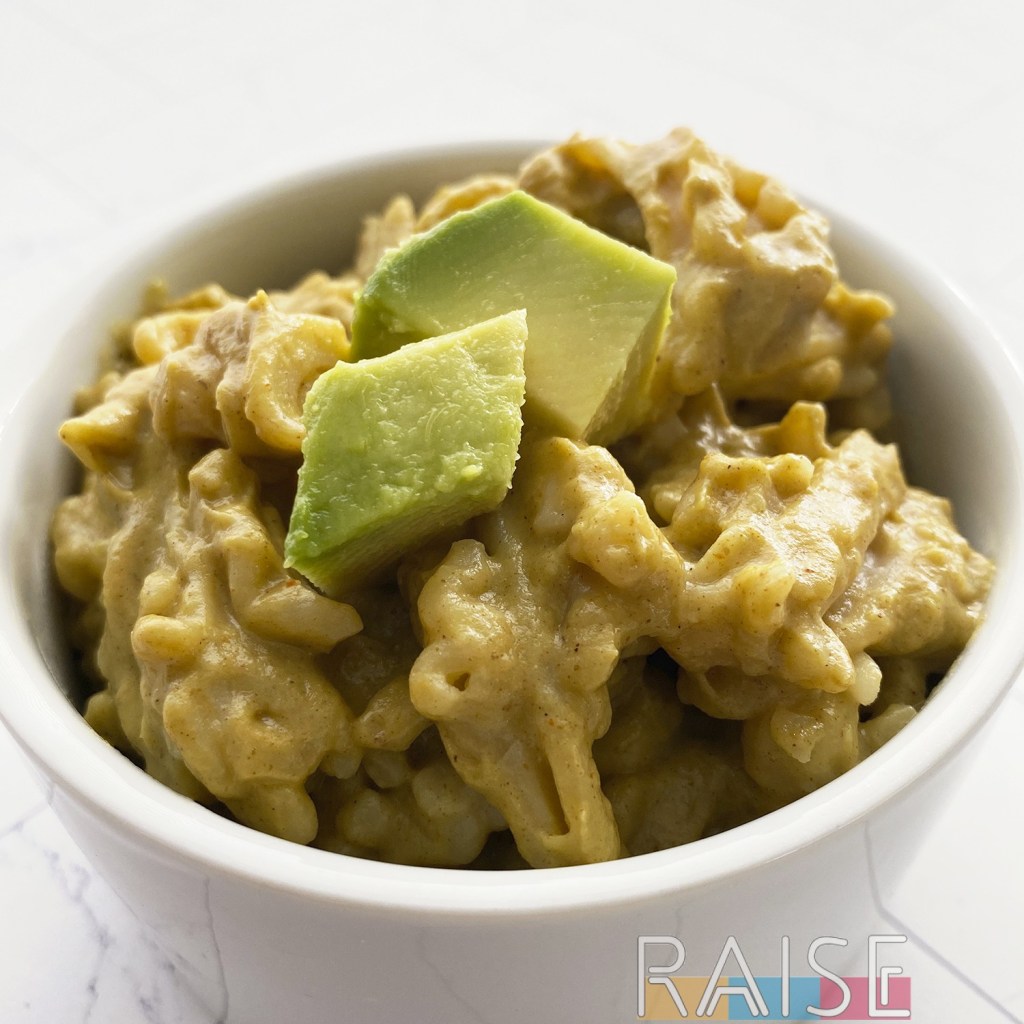 |
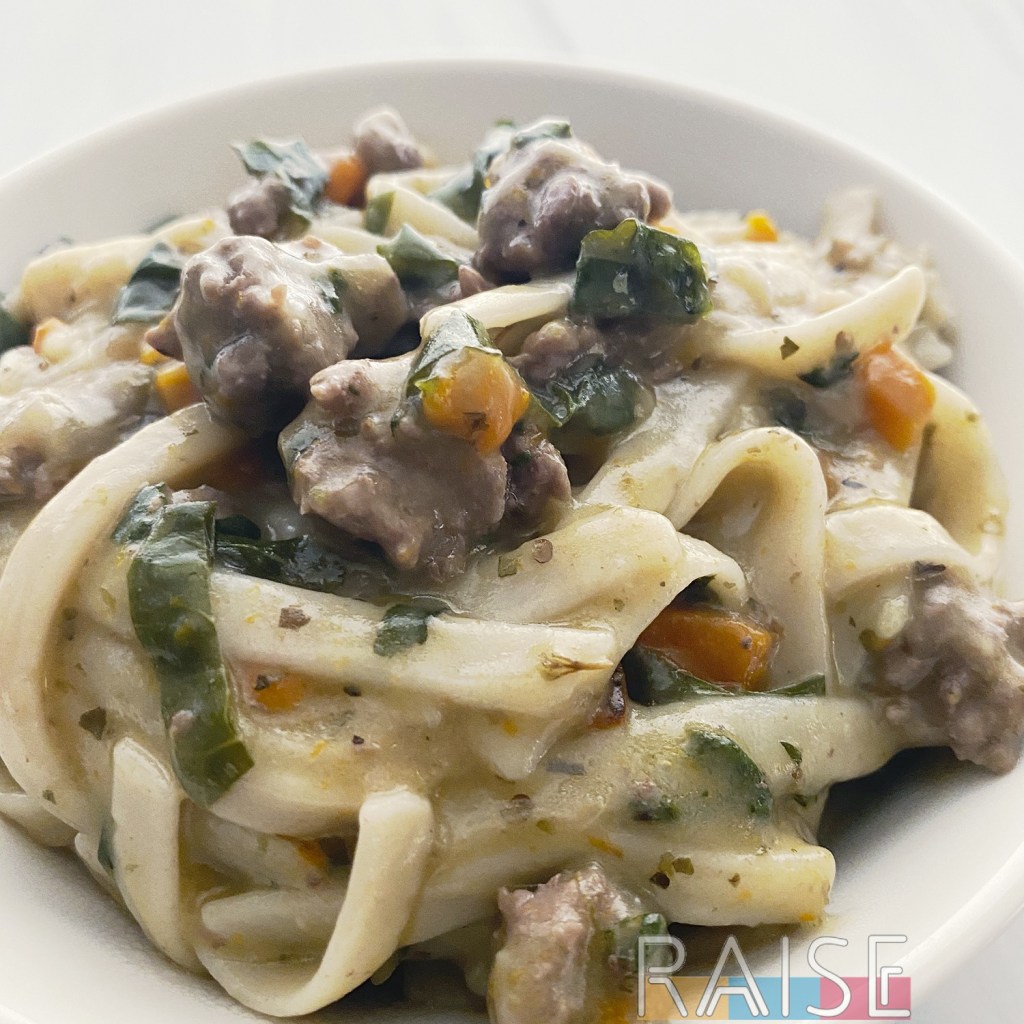 |
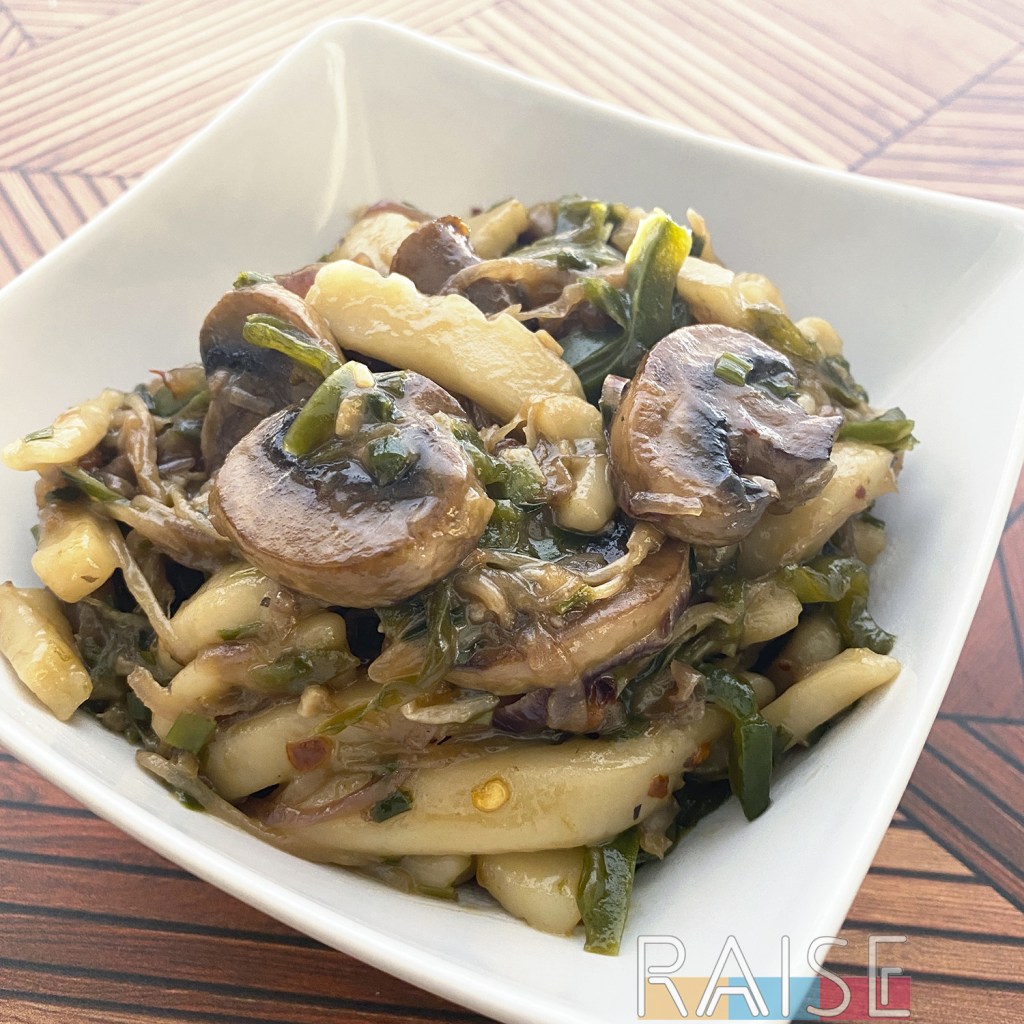 |
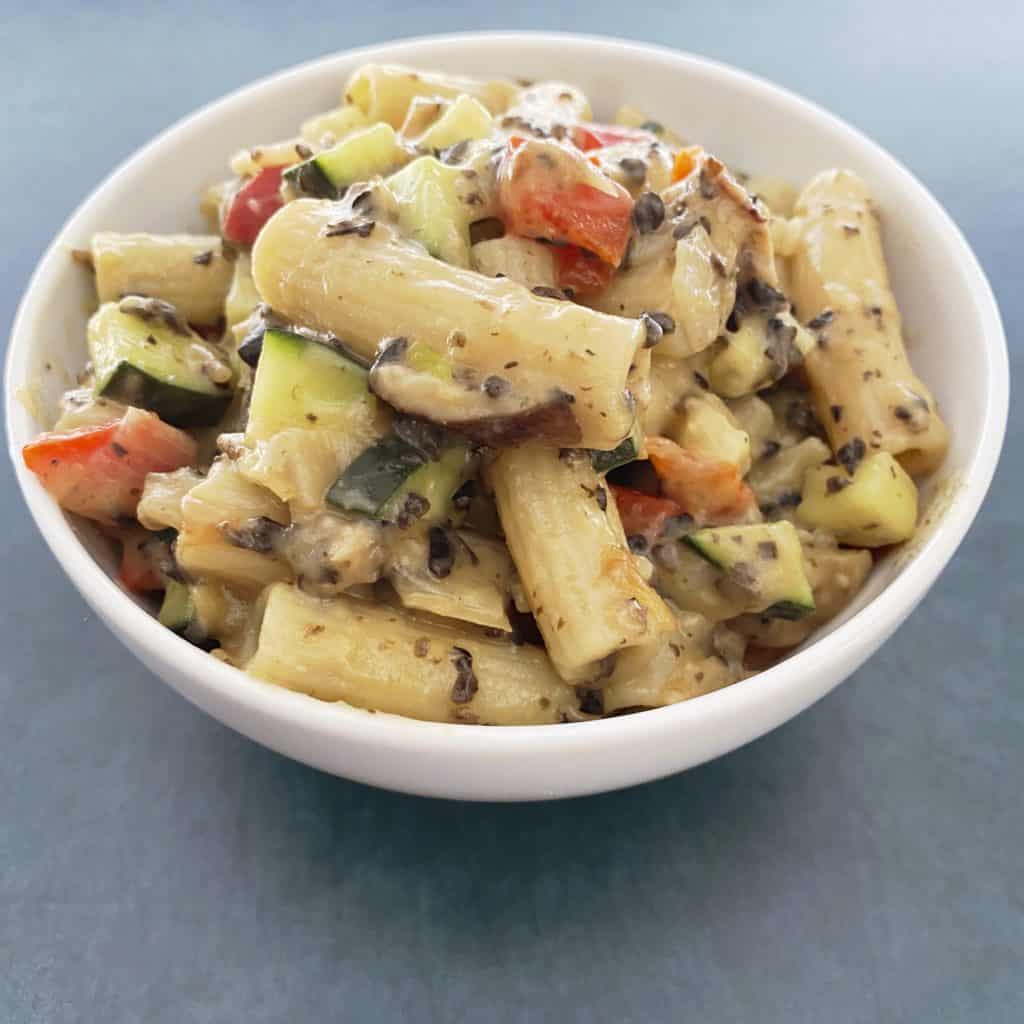 |
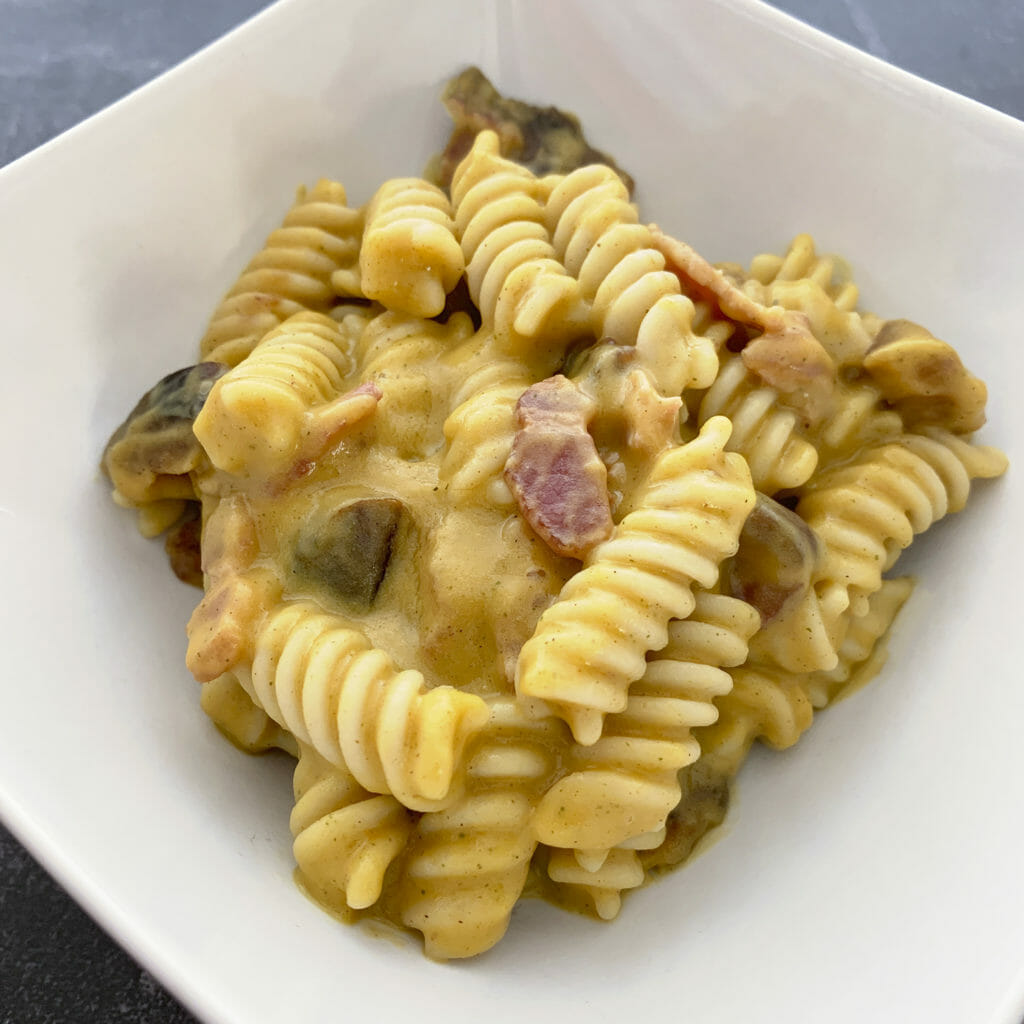 |
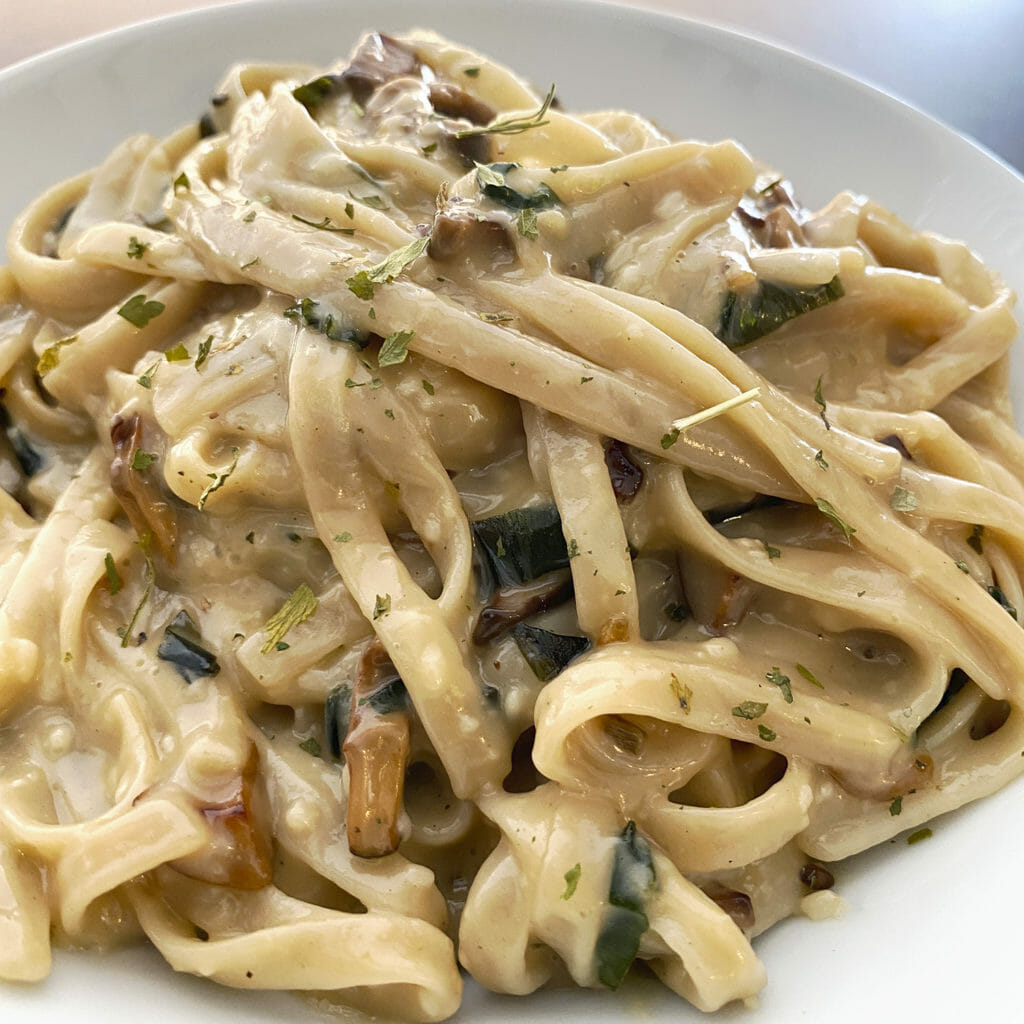 |
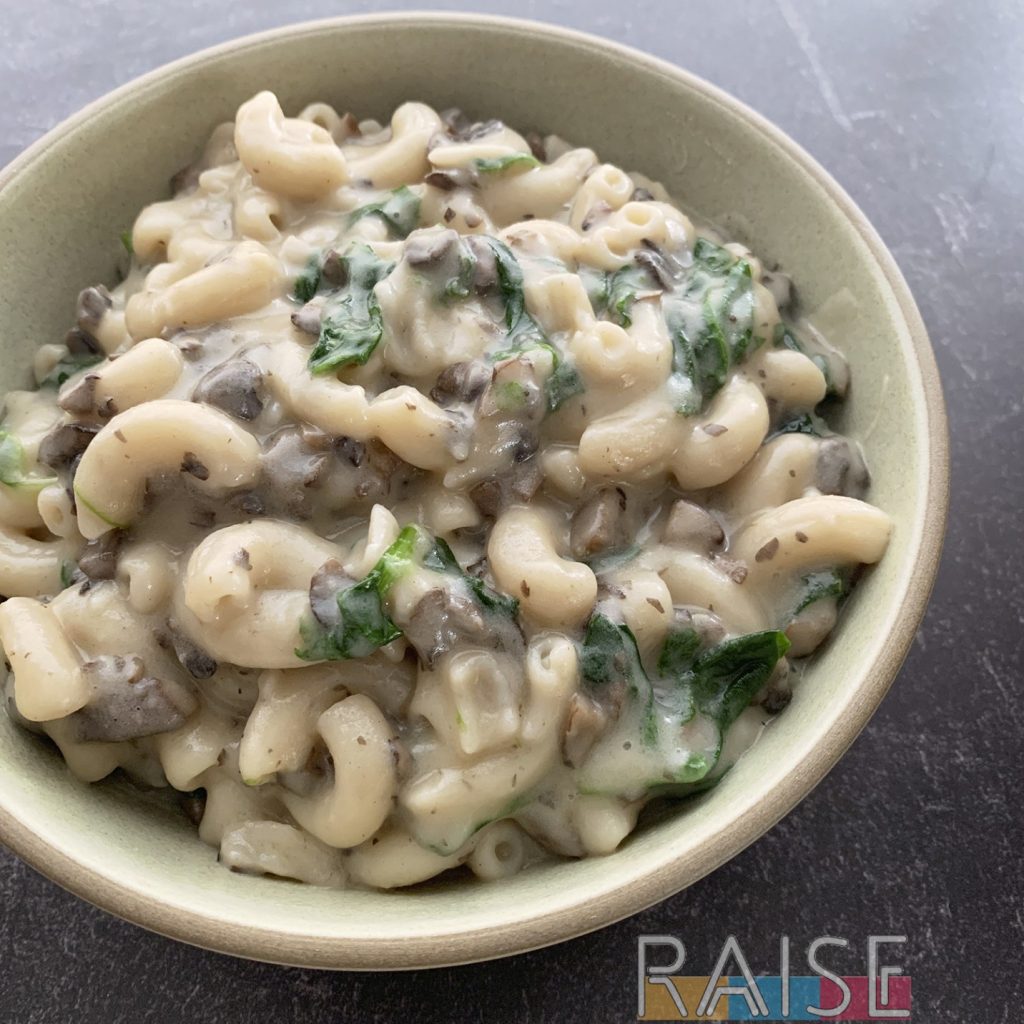 |
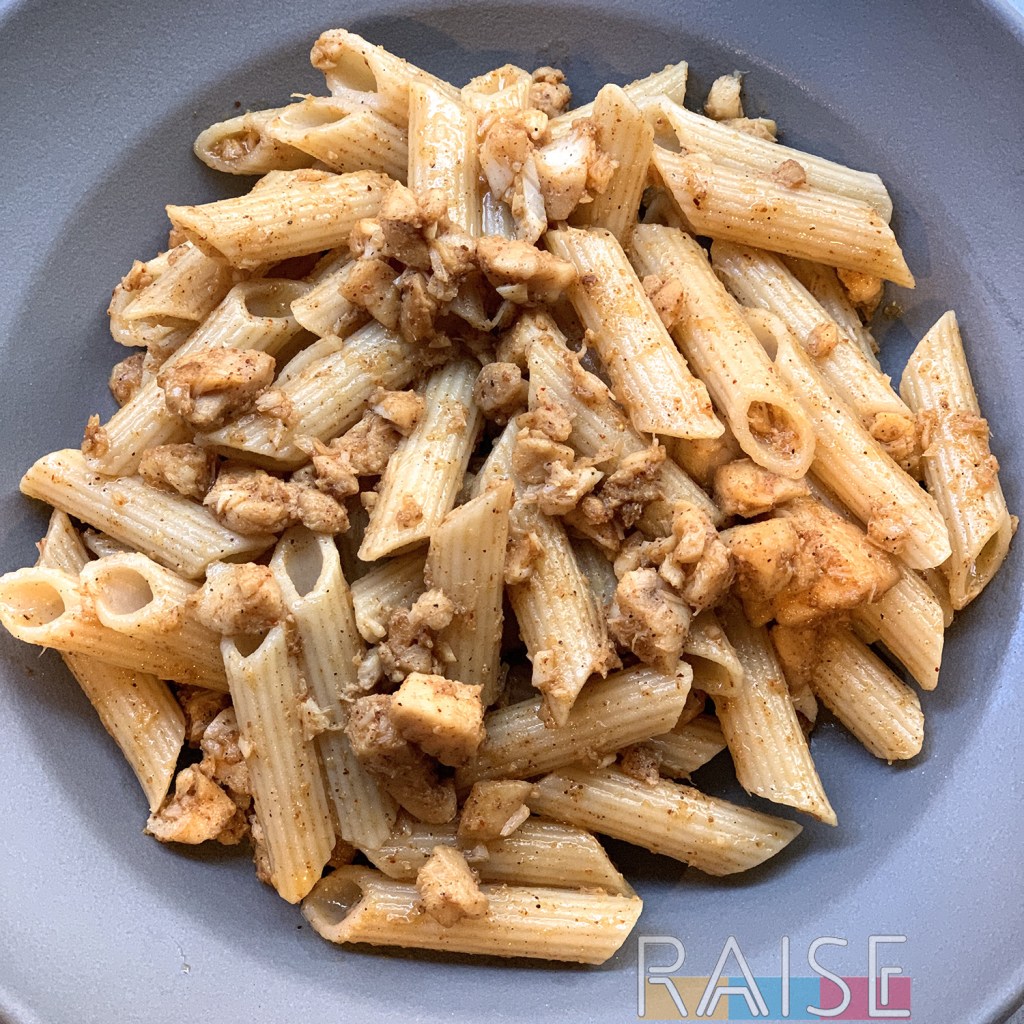 |
Answering Your Wheat, Semolina, and Gluten Free Questions
Are rice semolina and corn semolina gluten free?
Yes, these are gluten free products. They’re using the term semolina to indicate that it’s a coarse flour and good for pasta making. It can be confusing when you’re new to any type of gluten intolerance or wheat allergy. If in doubt, always double check the label, and don’t hesitate to reach out to a company to learn more about their product and manufacturing process (shared equipment etc.)
I’m trying to make gluten free bread at home and I’m not having any luck. Do you have any tips?
There are so many reasons gluten free bread can go wrong. It could be that you need to use a flour with a higher protein content, there isn’t enough yeast in your dough, or the recipe you’re following isn’t the greatest.
When you’re new to making gluten free bread, here are the top resources and products I suggest:
- Rustic Scoop (bread mixes and a sourdough baking course)
- GF Jules (If she’s not the queen of Gluten free bread she’s at least one of the Princesses, and her recipes are a popular choice amongst those with Celiac Disease)
- Better Batter (they work with an amazing chef, Patrick Auger
Take a look at these resources and familiarize yourself with gluten free fundamentals. Then, follow one of their recipes so you really get a feel for the process. From there, you can tweak and experiment to your heart’s content.
Is rye flour the same thing as wheat flour?
No, they aren’t the same. Rye is a different plant species. When compared to wheat flour, it’s not a versatile ingredient due to its unique flavour profile. However, the two are related in that they both contain gluten. If you’re following a gluten-free diet, you should not consume wheat, rye, or barley. For some people with Celiac Disease, oats are also a problem.
What’s the best gluten free pasta option?
That’s a loaded question. Many years ago, there weren’t many options for those who were wheat free and gluten free. Now, the grocery store is our oyster. You have corn pasta, chickpea pasta, rice pasta, veggie pasta, buckwheat pasta (not from wheat), cassava pasta, and so much more. It’s really going to come down to personal preference.
Here’s what I can tell you: the Jovial brand of gluten free rice pasta was one that my kids LOVED. And in that, I’m referring to my kids who could eat wheat.
You should also know though that the pasta sauce can make or break the meal. On top of that, gluten free pasta is notorious for being finicky when it comes to the cooking process. This article dives deeper into the topic.
Whilst this is an expensive suggestion, the best thing you can do for yourself is to purchase several types and see which one YOU like best. Ultimately, the best gluten free pasta is one that you’re happy to eat.
Can soft wheat be used to make the same types of foods as hard wheat?
As we know, durum wheat is considered a hard wheat. This means it has a higher protein content. The higher the protein content, the more gluten a flour can form. This is critical when baking gluten-containing breads, as you want a strong gluten network to develop. Interestingly, durum wheat is not good for bread making, even though it has a high protein content and that’s because it’s not great at developing a strong gluten network.
Soft wheat on the other hand will have a lower protein content and form less gluten when you work with it. When you want your final products to have a more tender, delicate crumb, you’d use a soft wheat. This makes soft wheat an ideal choice for cakes and pastry.
In a professional setting, no, you can’t swap the two. In a home setting, your tastebuds may be more forgiving, but you also won’t have the best baking results. If you can, follow a recipe and use the flour they call for, as they’ve probably tested the recipe and are sharing the best method with you. For a deeper dive on wheat types, check out the King Arthur Baking School info.
What’s the best gluten free flour for fresh pasta?
I’ve messed around with this quite a bit and I’ve found superfine sorghum flour and superfine brown rice flour to be the top options when making gluten free fresh pasta. When you use other flours, you have to blend them for the best results. Additionally, not all gluten free flours can be used for fresh pasta, especially if you’re also egg free, as they have limitations (tiger nut flour is a great example). I’ll also add, for reference, my pastas were egg free due to an egg allergy in the home.
If you can have eggs, I encourage you to look online for gluten free fresh pasta recipes to see what other developers are using. You’ll also want to invest in good pasta making tools if this is something you plan on doing often.
Do you know of a good gluten free lasagna noodle?
At the time of this writing, the top two choices are made by Jovial Foods and Tinkyada. They’re both brown rice flour based and hold up very well. In fact, I’ve also used these to make lasagna soup, a much easier version of lasagna.
If you need grain free, Cappello’s sells an almond flour lasagna sheet, and it contains egg. You can also use sheets of vegetables. I’ve done this with both sweet potatoes and zucchini by using a vegetable sheeter. You use the raw veg in place of the pasta noodles and bake until they’re done. It’s pretty cool if you ask me.

